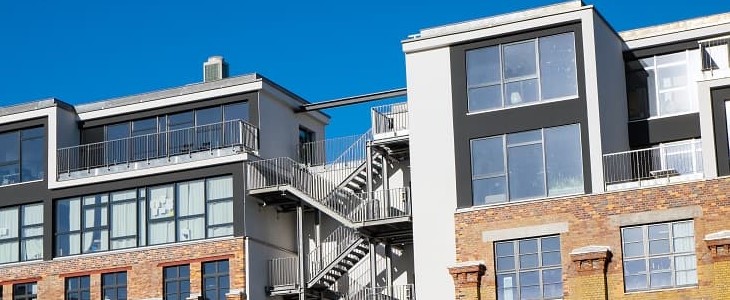27. Common parts
Common parts encompass shared areas, corridors, facilities, and amenities within a property complex that are collectively owned and accessible to all residents or unit-holders. These spaces often serve as pathways, entryways, elevators, lobbies, and common recreational areas.
Proper management and maintenance of common parts are essential for a cohesive living environment and preserving property value over time. Buyers value knowing the condition and accessibility of these shared spaces.
Here is more information:
Understanding common parts | Common parts refer to shared areas, corridors, facilities, and amenities within a property complex. These spaces are collectively owned and accessible to all residents or unit-holders. Common parts play a pivotal role in fostering a sense of community and shared living experience. |
Examples of common parts | Common parts include pathways, entryways, elevators, lobbies, and common recreational areas. These spaces serve as integral components of the property's infrastructure, facilitating movement and providing shared amenities for the community. |
Cohesive living environment | Proper management and maintenance of common parts are essential for creating a cohesive living environment. Well-kept and functional common areas contribute to the overall quality of life for residents, enhancing the sense of community and fostering positive interactions among neighbours. |
Preserving property value | The management and upkeep of common parts are key factors in preserving property value over time. Buyers often assess the condition and accessibility of shared spaces as part of their decision-making process. Well-maintained common parts contribute to the property's appeal and long-term value. |
Buyer considerations | Potential buyers value knowing the condition and accessibility of common parts when evaluating a property. Information about these shared spaces influences their perception of the property's overall appeal and the quality of communal living. |
Transparency in communication | As a seller, providing transparent and detailed information about common parts demonstrates your commitment to open communication. Buyers appreciate insights into the condition of shared spaces, as this information helps them make informed decisions about their potential future living environment. |
Maintenance practices | Highlighting effective maintenance practices for common parts showcases responsible property management. Buyers are reassured knowing that shared areas are well-cared for and that there is a commitment to preserving the aesthetic and functional aspects of the property. |
Community interaction | Common parts often serve as hubs for community interaction. Well-designed and maintained shared spaces contribute to a positive community atmosphere, encouraging residents to engage with one another and participate in shared activities. |
Access to amenities | Buyers are interested in understanding the accessibility of amenities within common parts. Whether it is recreational areas, fitness facilities, or shared lounges, information about the ease of access enhances the property's appeal. |
Association's role | Emphasise the role of the Commonhold Association in managing and maintaining common parts. Buyers are interested in knowing how these spaces are governed, the association's commitment to upkeep, and any upcoming plans or projects related to shared areas. |
Legal compliance | Ensure that the management and use of common parts comply with legal requirements and regulations governing commonhold properties. Legal compliance is essential for providing buyers with confidence in the property's adherence to established standards. |
By elaborating on the significance of common parts, their role in community living, and the commitment to their effective management, you provide potential buyers with a comprehensive understanding of the property's shared spaces. This transparency contributes to informed decision-making and enhances the overall appeal of the property.

